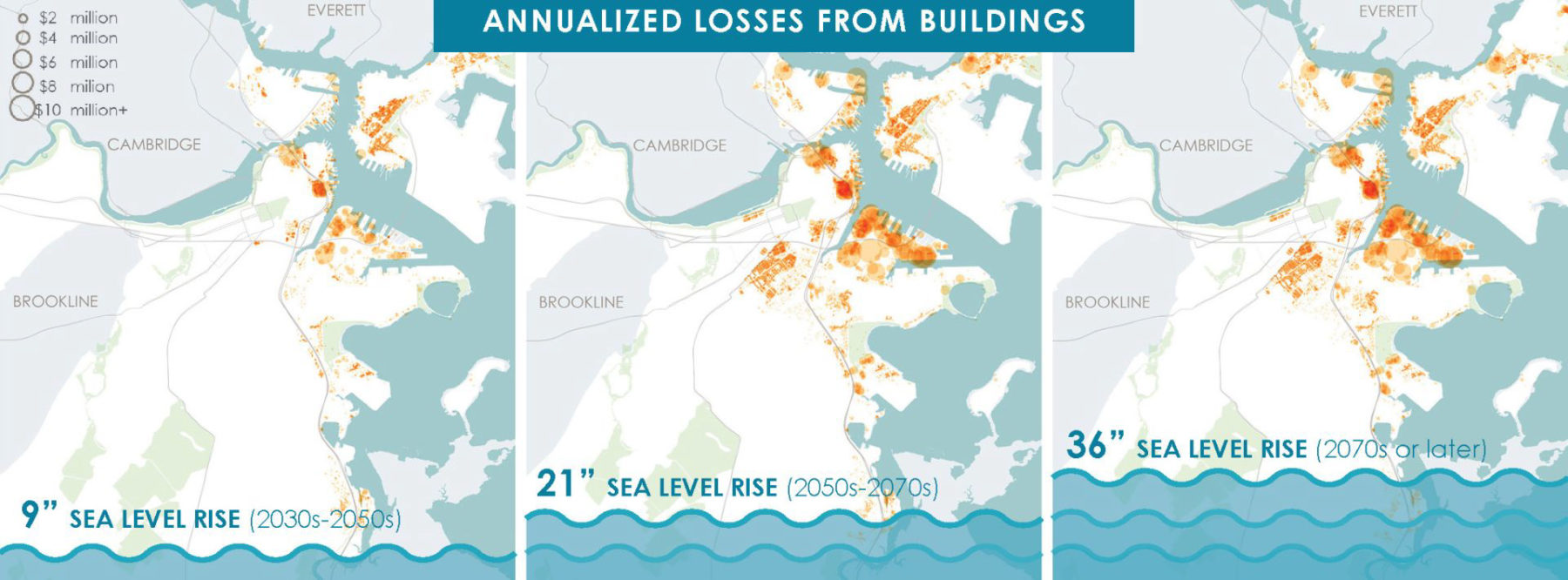Grove Speaks at ICLEI Resilient Cities, ULI Asia Pacific

 Sasaki
Sasaki

Rising tides and climate change are not new news, but what is new is the frequency with which landscape architects are being called upon to shape the development of cities as resiliency planning becomes a priority for governments the world over.
“Landscape architects are in a unique position to be one of the most influential professions to tackle climate change,” says Sasaki chair of landscape architecture, ecology, and civil engineering, Michael Grove, ASLA. “Developing innovative solutions to address the climate crisis requires thinking that integrates a wide variety of factors. Because landscape architects are trained as systems thinkers, this often allows us to see how a change to one system has a direct correlation to others. This allows us to think big; developing regional strategies with citizen support, implementing bold ideas for how to rethink agriculture, championing conservation efforts to reverse the trend of habitat loss, and changing the status quo of how cities are designed.”
Through impactful, large-scale projects that improve livability, sustainability, and resiliency, government representatives and the general public are becoming increasingly aware of the power of landscape architecture to merge science and aesthetics.
This summer, Grove was invited to speak at two major international conferences focusing on resiliency: the Urban Land Institute (ULI) Asia Pacific Summit and ICLEI’s 10th annual Resilient Cities.
These conferences brought together global thinkers from across disciplines, industries, and geographies to discuss how climate change is affecting cities, and to share examples of resiliency efforts that point to best practices. Grove used recent work in both the United States and Asia to illustrate how Sasaki is taking a proactive approach to designing for climate change, with a strong focus on citizen engagement.
In Germany at ICLEI’s 10th Annual Resilient Cities, Grove sat on the only panel that focused on the unique role of landscape architects, titled “Resilience through the Design of Innovative and Inclusive Urban Landscapes”. Attendees at the invitation-only conference included mayors, planning agency directors, chief resiliency officers, and other political leaders from around the world. This diverse audience provided the panel with a unique opportunity to highlight the critical role of the landscape architect in the fight against global climate change. Grove focused his talk – “At the Forefront of Change” – on five critical roles that landscape architecture plays as cities build sustainability into their future growth.
“It is always a privilege to spread the gospel of landscape architecture with those beyond our profession, especially when they have the power to shape our future environments. In design, we often talk about the finished product of our work—and too often we talk about these outcomes in a closed feedback loop amongst ourselves. But beyond placemaking, what we’re really doing in the field of landscape architecture is advancing quality of life, exploring ways in which both humans and nature can thrive, even as environments and climates evolve. That’s a message that has to reach influential decision-makers who can lead transformation at the intersection of government, business, science, and design.” Grove was joined by Chih-Wei Chang from the University of Cologne, Antje Stokman of HafenCity University, Kotch Voraakhom of Porous City Network, and Lee-Shing Fang of the Sustainable Development and Climate Change Adaptation Committee in Kaohsiung City, Taiwan. Other panelists touched on diverse, often under-considered impacts of climate change like its impact on disenfranchised and vulnerable populations, and the decline of marine habitats.
At the Urban Land Institute’s Asia Pacific Summit, Grove took part in the “City Building Waterfront Developments” panel, addressing a group of over 200 attendees alongside David McCracken of ULI Australia, Alan Lewis of Skidmore, Owings & Merrill, Ed Yang of K-water, and Yaping Chai of AECOM. Grove used his talk, “Tidal Shift”, to walk through three major Sasaki projects which have transformed undeveloped or industrial waterfronts—the Chicago Riverwalk, the Wuhan Yangtze Riverfront Park, and Shanghai’s Suzhou Creek. Through each project Grove explored how landscape architecture is proactively addressing the impacts of climate change on the urban public realm.

A view of Sasaki’s work along the Yangtze River in Wuhan, China
In both talks, Grove focused on the importance of shifting the conversation around climate change from something that is theoretical or conceptual to a reality with tangible and physical impacts. While walking through case studies at the ULI summit, Grove highlighted moments where resilience and awareness of future climate change challenges are built into design. At Resilient Cities, Grove opened with discussion of the Sea Change Boston and Climate Ready Boston projects which helped visualize the direct consequences of climate change and sea level rise on urban life and commerce.

Sasaki-developed analysis of sea level rise in Boston
“Participation in both of these events was especially rewarding,” Grove reflects. “Each conference reinforced the important contribution and voice of landscape architects.”